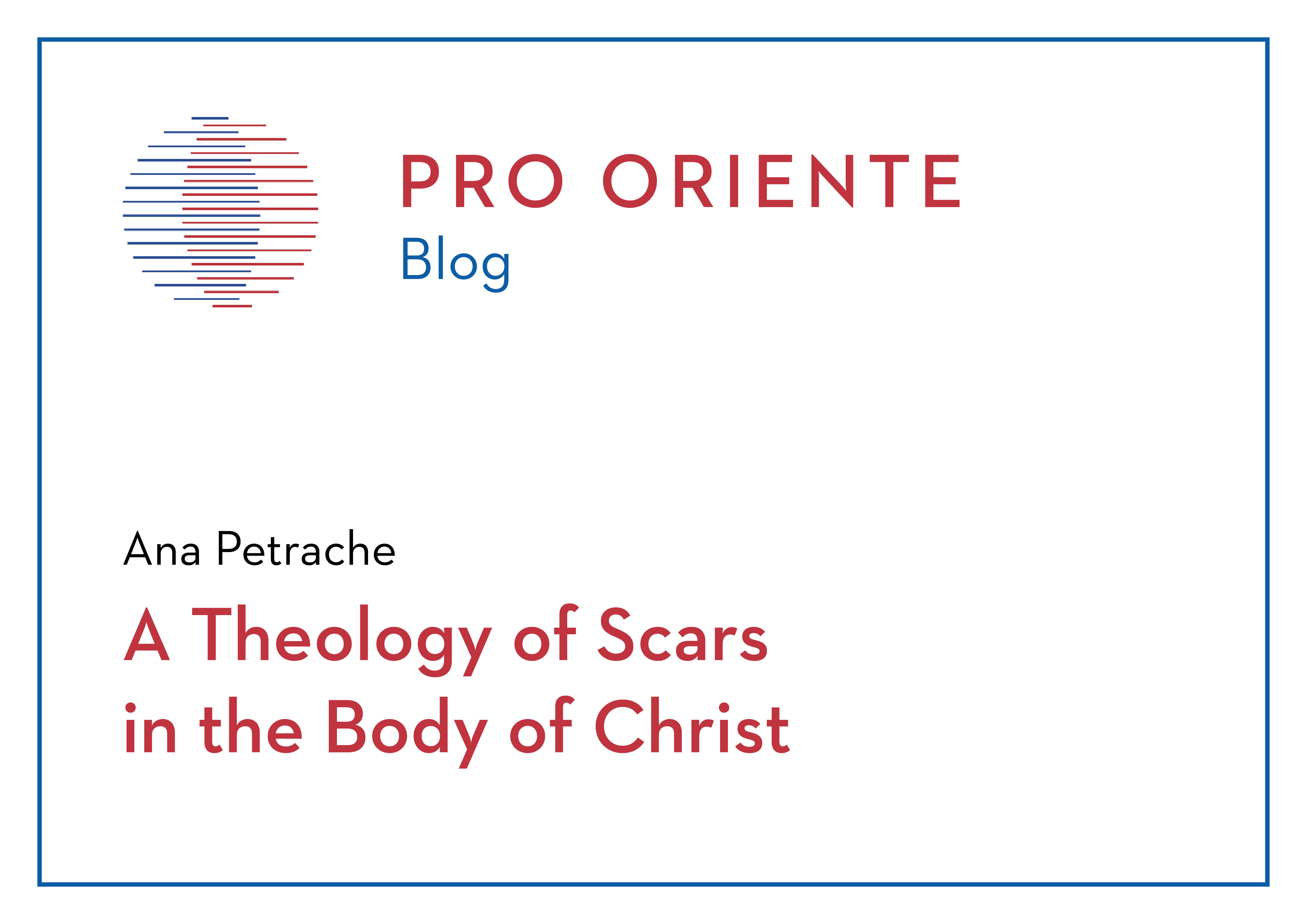A Theology of Scars of the Body of Christ
22. Februar 2024
Thema: Healing of Wounded Memories

“What we must do is not heal ourselves, not treat, console, reassure, or educate others, but to remain erect in the sacred wound, to see and show it in silence”.
This line appears in the book The Most Secret Memory of Men, by Mohamed Mbougar Sarr, a Senegalese young author who won the Goncourt Price in France in 2021. The context of the paragraph is a tragic story of an infant who is witnessing the killing of his parents, the parents are tortured, and the child hears their cries. After this episode, the aggressor realizes that the child has witnessed this massacre, and he decides not to kill the child. However, not out of mercy. The decision to spare his life arises from the belief that living with the memory of such horrors is more torturous than death itself.
This fictional tale unfortunately is not just a novel, but it mirrors the experiences of many. Thus, the “non-solution” lies in the courage to acknowledge and portray the profound wound in silence. Silence is what remains when words prove insufficient to convey the depths of sorrow. This passage follows a reference to Wittgenstein’s closing statement in the Tractatus: “What we cannot speak about, we must pass over in silence.”
Calling the wound sacred evokes the notion of sacrifice. Everytime somebody is a victim of violence the resulting wound became sacred; it is sacralized by the imposed. The expression “to remain erect” alludes to both the transcendent and the dignity inherent in human beings. Since the author is Muslim, he might not be trying to refer to the Christian belief in the sacrifice of Christ. However, as a Christian, I find it impossible not to interpret this line in connection with the crucifixion.
From Genesis to Revelation, the biblical text displays several images of healing and scars. Even encounters with God might give rise to scars, as the narrative of Jacob’s struggle with the angel in Genesis 32 narrates.
However, it’s not only Jacob who bears scars. After the resurrection the apostles are invited to touch the scars of Christ. Perhaps we should venture into a theology of scars. The resurrected body of Christ bears the scars, serving as a reminder of both the wound and its healing. Scars are visible traces of absorbed negativity according to Derrida; they are places of memory. Christian realism in front of this world’s suffering engages with open wounds, but Christian hope aims at their healing. Reflecting on pain and suffering involves projecting oneself into the time of scars and introducing hope and temporality into this contemplation. In the coming kingdom of God, there will be no open wounds but there will be scars since there is a continuation between the two realities. Drawing on biblical images and ethical narratives which develop them, I engage with a theology of scars that might help overcoming the legacy of violence and suffering. The starting point will be God’s healing promises, like those in Isaiah 30:26 where the ‘Lord binds up the bruises of his people and heals the wounds of his people’. The Kingdom is the fulfillment of God’s promises for his people; these promises imply social reconciliation and the healing of wounds.
My work bridges philosophical perspectives on justice and reconciliation with theological insights about healing as an eschatological promise. Furthermore, these two aspects are placed within an ecumenical horizon. This attempt starts from a vulnerable and fragile position that acknowledges the need of restoration and healing and accepts that this healing can only come as a gift from others, either from God as Other or from another as his instrument. The ethics of care and healing, the ethics centered around justice, as well as our ecumenical journey, start from a position of desire. But this desire expresses something about what we hope to become.
Paul Ricoeur’s theory of recognition and justice contrasts the Schmittian friend and enemy distinction built on Cain and Abel’s distorted model. Engaging with theses authors helps us to find strategies to reconcile the wounded community and its memories.
Healing the social body supposes moving from a logic of aggression to a therapeutical logic, a logic based on the asymmetric relationship between caregiver and patient. The initial asymmetric relationship of aggression and power that provoked the wounds needs to be overcome by a relationship of care. The asymmetry of care responds to the asymmetry of aggression, and healing is one central concept in the ecumenical relationship. Fragility and illness became occasions for therapeutic relationships. Reconciliation and healing have become key concepts of the ecumenical paradigm, promoting a discussion on wounds and their scarring, combined with attention to concrete contexts and eschatological promises. The Christian response to violence, divisions, and suffering is the resurrected body of Christ, which bears its scars with dignity.



